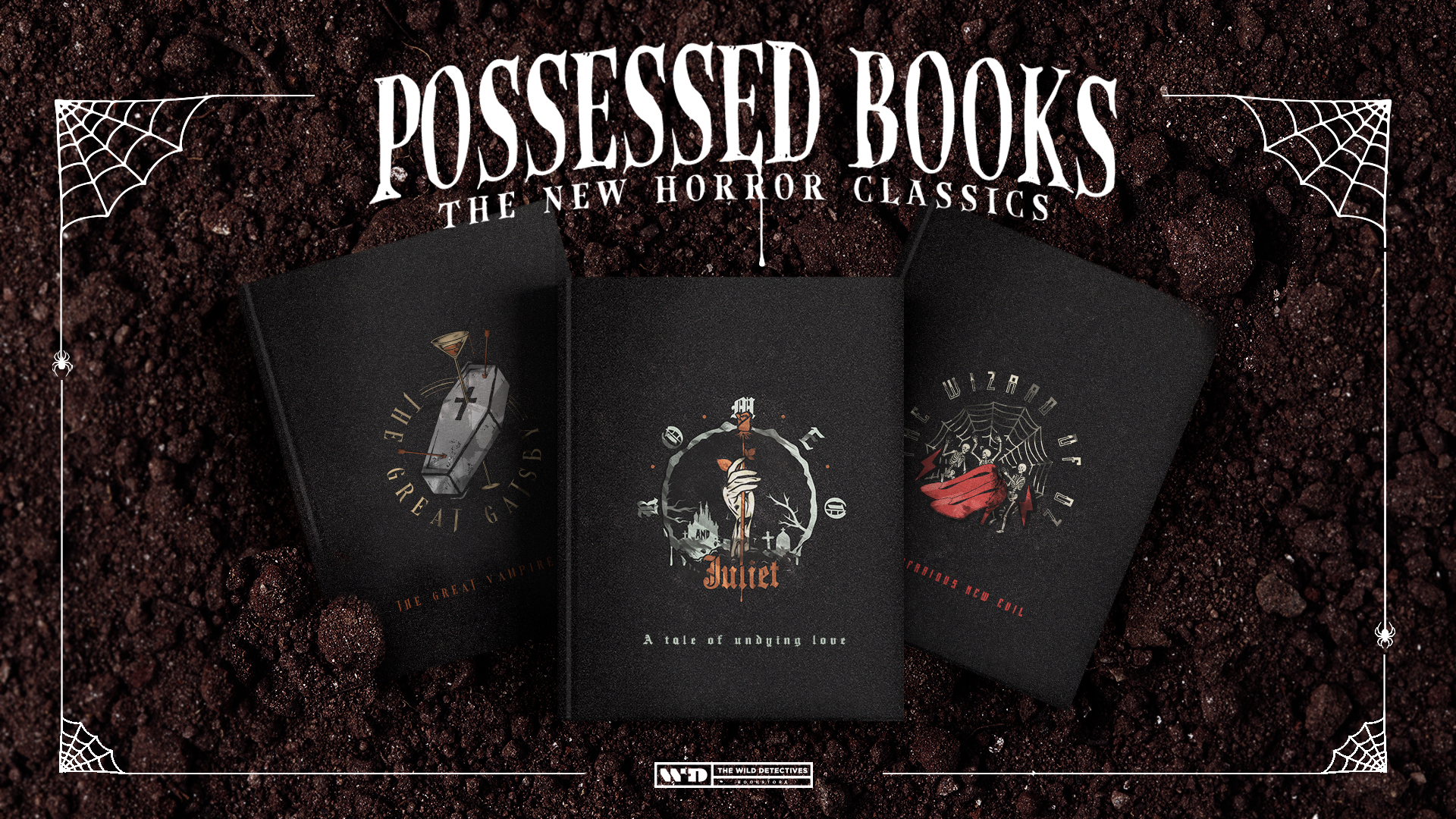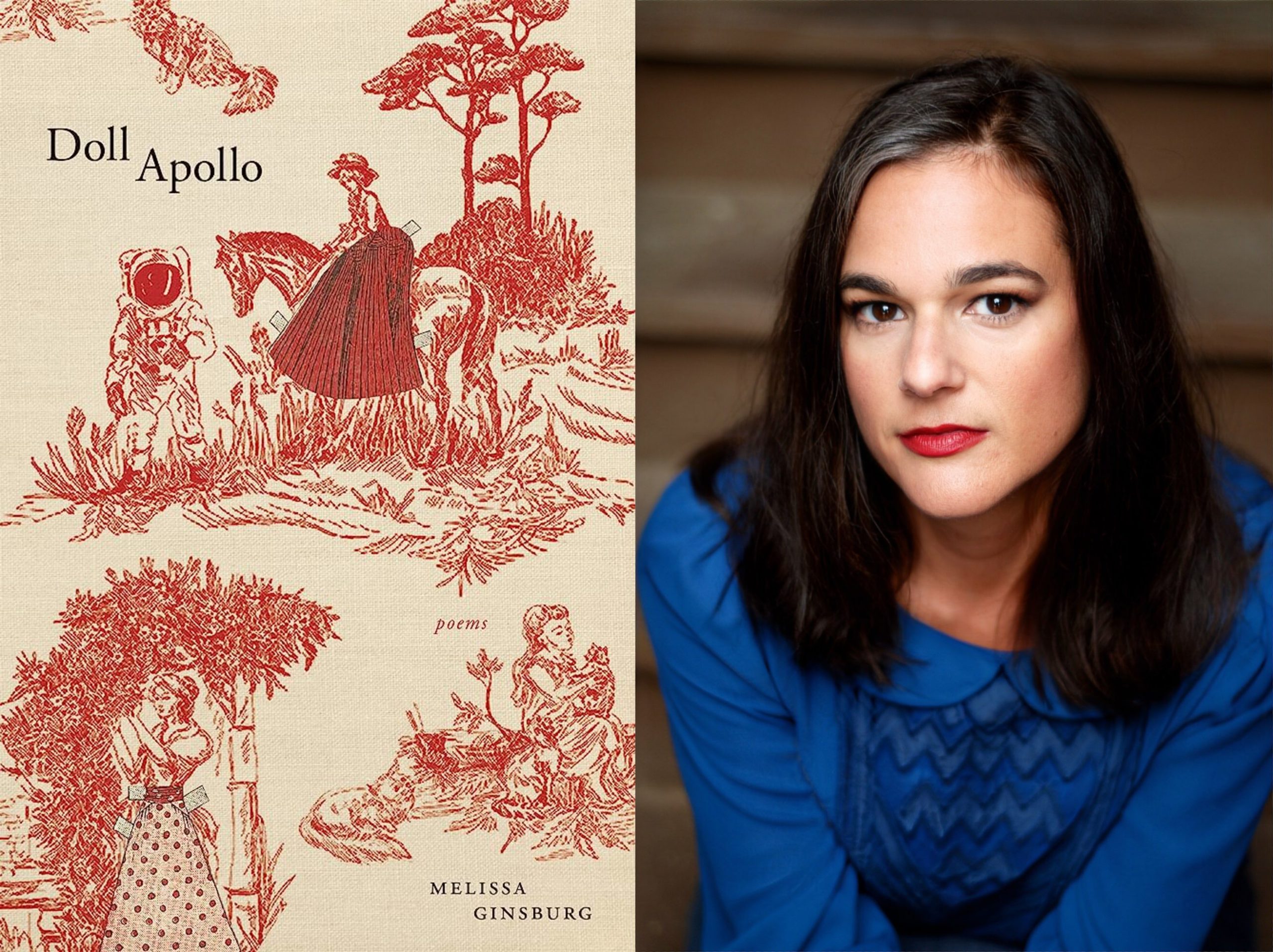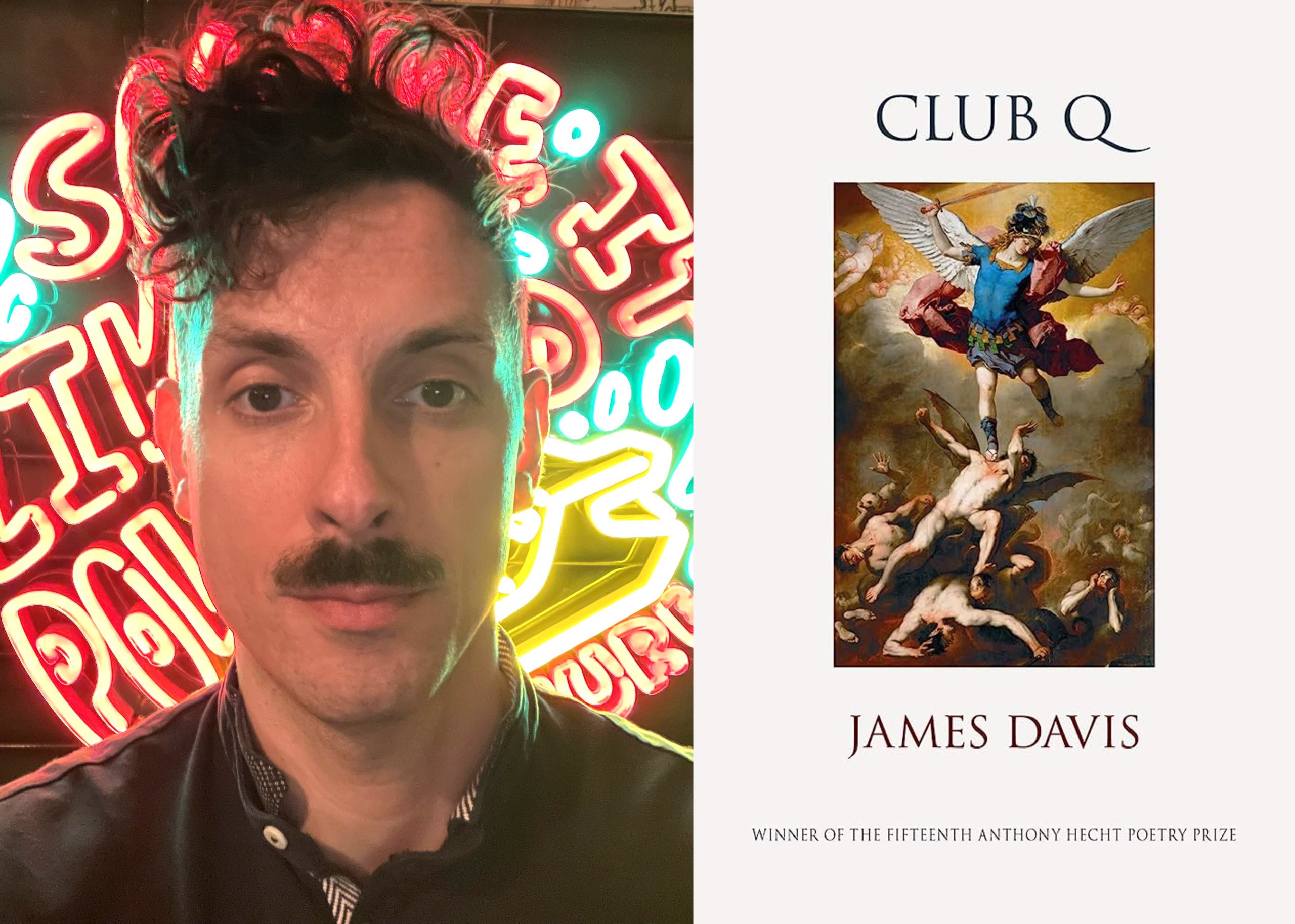In the 1960’s there were a few museums and art galleries, nestled between the towering banking and commerce buildings. A sophisticated night out in Big D, though, usually did not include a trip to a museum or to a play or musical theater, but rather to a local restaurant; inevitably, they fell into two categories, family-style meateries, and date-night meateries. There were few public area parks, and good luck finding a sidewalk in the suburbs, because, let’s face it, Dallas-ites didn’t walk. Not unless we were forced to. We got in our cars and drove to wherever it was we were going, even if it was to the Piggly Wiggly a few blocks away. So there was no street life in the modern, urbane sense, and there was nothing approaching a café society.
If you were a reader, besides the library, there were few bookshops, although there was always the Dallas Morning News to grouse about over your Post Toasties. If there was a “literary scene” in Dallas, I was too young at the time to have noticed.
But I was a reader, and devoured everything I could get my hands on. It seems I had read every book in the children’s section of the library by the time I was ten, and, because I was considered too young to read novels written by Salinger and Fitzgerald, my mother had to check them out using her own library card. Not only was I a precocious reader, reading everything from Shakespeare to Milton to Orwell, I also loved books about the American West. The closest thing we have to our own Greek legends of heroes and heroic deeds lies in the Western novel. My father had given me books written by J. Frank Dobie, Louis L’Amour and Zane Grey. The writing was sometimes atrocious, but not the towering themes of Mankind pitted against Unforgiving Nature.
Wherein the monsters of our minds could be slain on the blank page, as opposed to slaying them on some foreign battlefield.
Even though I was a constant reader of books, it wasn’t until I went to the University of Texas at Austin that I became aware of a literary community; students who not only read the accepted classics, but championed the more exotic, banned books. I could finally read Henry Miller without having to lock myself in the bathroom, hiding from the prying eyes of parents and younger siblings. I fell firmly in lock step with the lofty ideals of college literary life in the mid- 1970’s –that to have a true democracy, its citizens must have total freedom of expression through both the written and the spoken word. Wherein the monsters of our minds could be slain on the blank page, as opposed to slaying them on some foreign battlefield.
But, I soon discovered that I had gone from hiding one class of literature to another. While it was perfectly acceptable on campus to carry, like a badge of honor, the works of Betty Friedan and Erica Jong, it was anathema to carry around a novel by Katherine Anne Porter. You were skating on thin ice to be reading Jack London, and I was the only person I knew who had read Larry McMurtry’s The Last Picture Show. It wasn’t literature. Not yet, at any rate.
It was in college where I got the idea that I wanted to become a writer. My father, in the arts himself for a while, was also a practical man and convinced me to switch my major from literature to business. I could always write as an avocation, he told me, and have enough money to eat in the meantime.
After college I moved to New York, and ended up living and working there in various commercial enterprises for twenty years. It took me two decades to summon the will, and the resources, to resurrect the idea of wanting to be a full-time writer. But I had continued to read, everything, and anything: historical novels, biographies, science fiction and fantasy, including Western literature, reading the now-iconic works by Larry McMurtry and Cormac McCarthy. Suddenly, Western literature was cool again, albeit through novels with a decidedly darker, more realistic bent than their predecessors.
When I moved back to Dallas in 2000, I discovered that Texas was indeed becoming a place of live culture, with expanding museums, original theater, and a burgeoning literary scene. It seemed that every suburban neighborhood had several book clubs. Since my first book was published in 2008, I’ve spoken to more than 200 book clubs, most of them in and around the Dallas-Ft. Worth area. And bookstores –until the Internet Darth Vader gained prominence– were always full of browsing readers. Notable Texas, or Texas-themed, writers, such as Ben Fountain, Joe Lansdale, Elizabeth Crook, Oscar Casares, Philipp Meyer and Sandra Cisneros were gaining national, and even international attention and acclaim. The Western novel had grown to encompass the vagaries and complexities of the twenty-first century. Suddenly, it seemed, it was cool again to be a Texas writer.
When I moved back to Dallas in 2000, I discovered that Texas was indeed becoming a place of live culture.
Within a few years, Dallas had its own cultural renaissance in the literary field by bucking the ominous trend away from brick and mortar stores, and bravely planting the literary flag, creating the spaces and the opportunities for readers and writers to come together for an exchange of ideas. Independent bookstores, such as The Wild Detectives and Deep Vellum Books were doing more than just selling books. They were creating the new literary salons, an environment that encouraged the discourse of poetry, prose, music and art. They have continued to support the artistic endeavors, not only of established writers, but of a whole new crop of Texas writers such as Merritt Tierce, Sanderia Faye, Manuel Gonzalez, and many, many others. These bookstores have been truly egalitarian, embracing writers of all ages, all literary disciplines, all backgrounds.
The Dallas Museum of Art, Arts and Letters Live program has brought the best authors in the world to their packed auditoriums for literary talks. Widely diverse writers, such as novelist Emma Donoghue, non-fiction author Eric Larson, and radical street poet Kate Tempest, have spoken on their stages. They also host a Texas Bound series, featuring actors who read aloud short stories and selections from novels written by Texas authors.
Dallas is no longer a city without live culture, without a literary scene. It is a big, little town that continues to germinate and support its homegrown talent, as singular and unique as the citizens who call it home. It is a city of contrasts, a rich cultural soup that will continue to provide endless possibilities for writers to draw upon, from cowboys to bankers, Confederate re-enactors to society doyens, drug dealers to mega-churches, from the sublime to the ridiculous, the homely to the exotic. Big D has it all. Even yogurt.
Kathleen Kent will be presenting her new novel The Dime along with Joe Lansdale on Tuesday, February 21 at The Wild Detectives. More info here.







